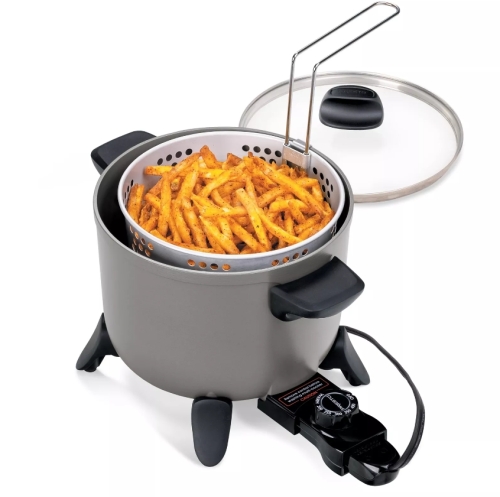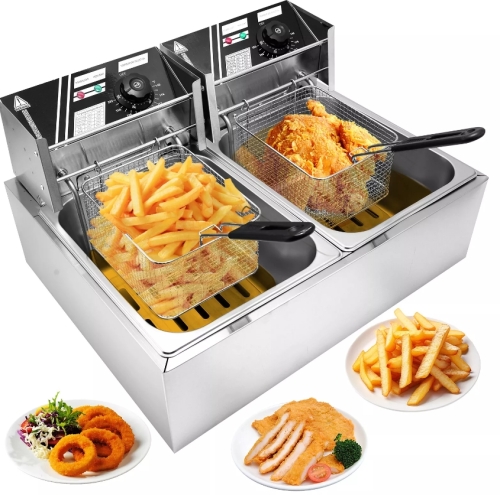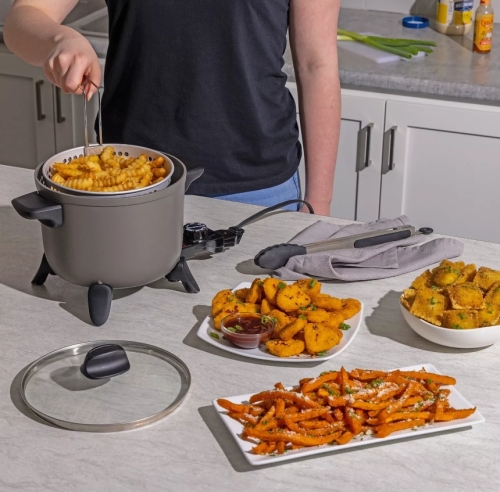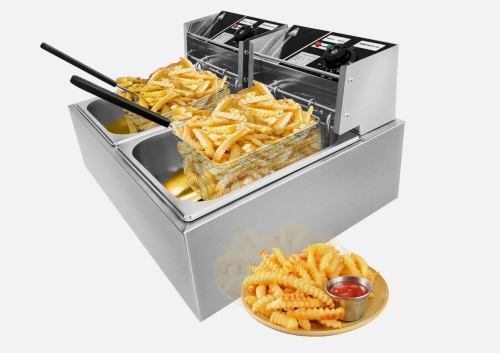The frying pan is one of the indispensable cooking tools in the kitchen, and with its simple design and versatility, it has become the first choice for many families to cook everyday. In the long history of cooking, the frying pan, with its convenient and efficient characteristics, has gradually evolved into a variety of materials and shapes to meet different needs.
First of all, the material of a frying pan is one of the key factors in its performance. Common materials include stainless steel, cast iron and coated aluminum alloy. Among them, stainless steel frying pans are favored for their good durability and non-responsiveness to food. Cast-iron skillets, with their excellent thermal properties and durability, are more suitable for slow cooking and braising. The coated aluminum alloy frying pan is extremely easy to cook and clean because of its lightweight and non-sticky properties. Each material has its own unique advantages, and users can choose the right frying pan according to their own cooking needs.
Second, the design of frying pans is constantly evolving. Modern frying pans are often equipped with comfortable handles, and some are even designed with non-slip and heat insulation features to enhance safety and ease of operation. In addition, there are frying pans available in a variety of sizes and depths to meet a wide range of cooking needs, from fried eggs to steaks to pancakes. For those who like to bake, the deep frying pan can also be used as an auxiliary tool in the oven to play a greater role.
When using a frying pan, it is essential to master the correct cooking techniques. Preheating the frying pan first is the key to the success of many delicious dishes. The right temperature allows the surface of the ingredients to fry quickly until golden and crisp, locking in the interior. Using the right cooking oil is also key, different oils have different smoke points, reasonable choice helps to avoid soot and burning, making the food more delicious.

















